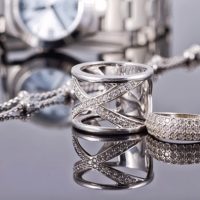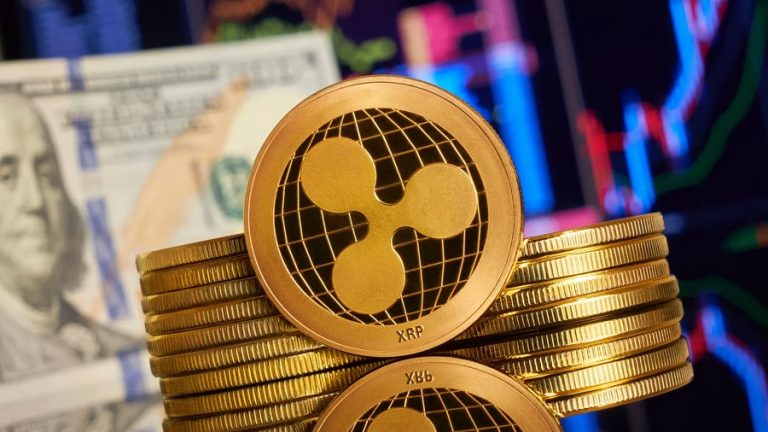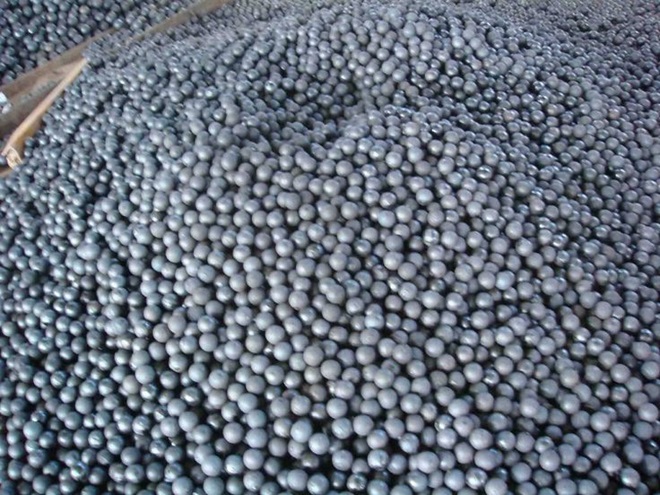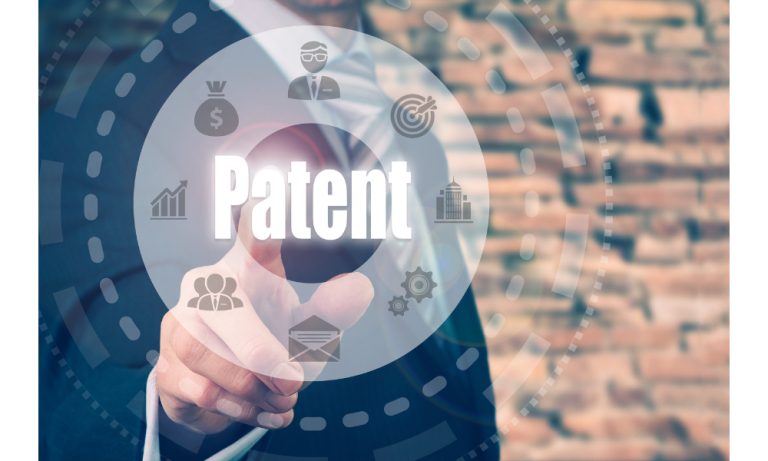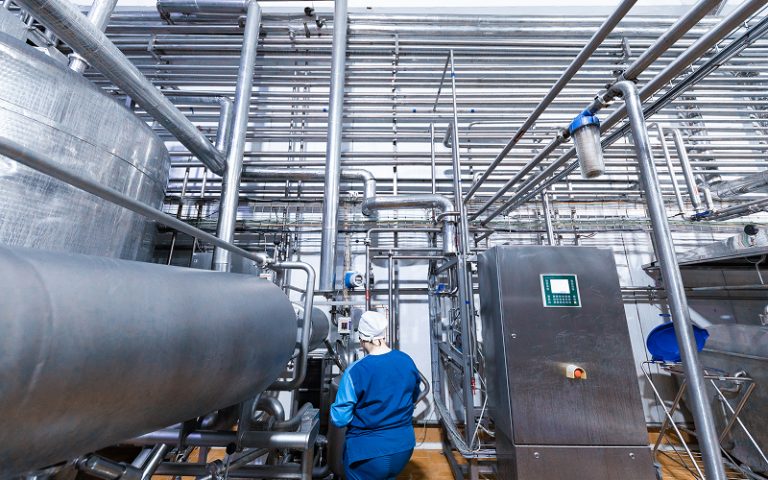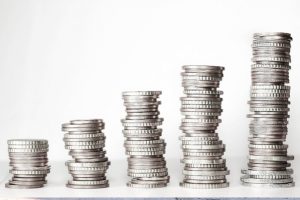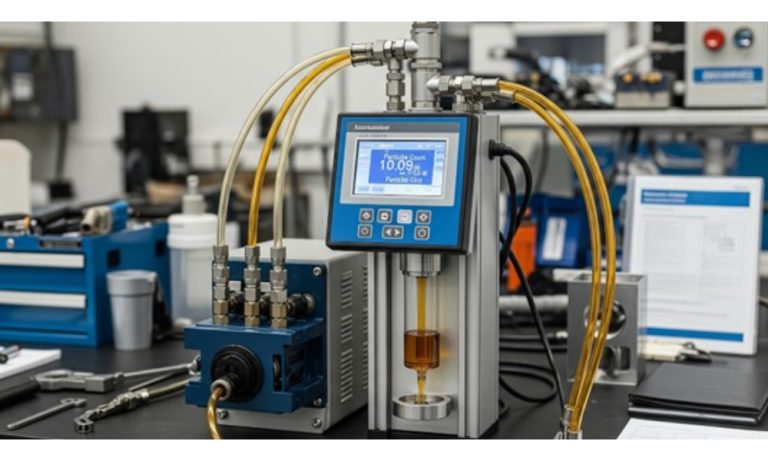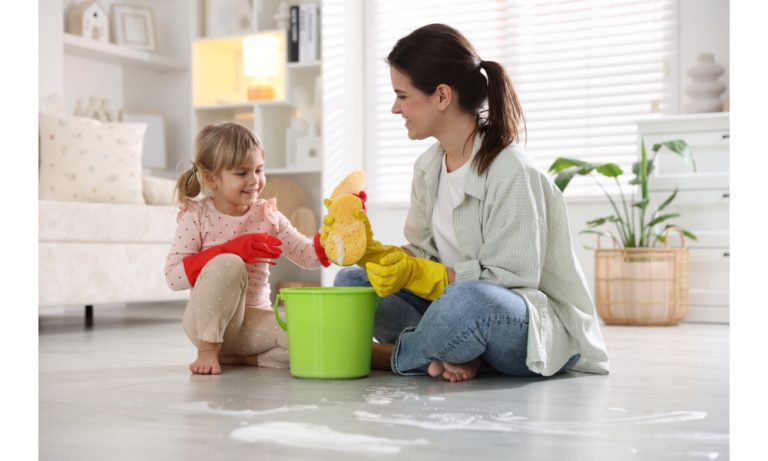As one of the first five metals discovered by humans, silver is one of the most useful chemical elements.
With applications in jewelry, silverware, photographic industry, manufacturing, and so on, silver also offers certain benefits to investors. For one thing, investing in silver can be a good portfolio diversifier. And for another thing, silver and other precious metals such as gold, platinum, and palladium can be safe-haven assets, especially during times of uncertainty.
Now, the big question for beginners is how to tell if silver is real. Here, we’ll discuss some tests to help you figure out if your silver items are the real deal. We’ll also talk about some important tips for buying silver.
How to Tell if Silver Is Real: 5 Tests to Try
For people who just like how silver looks, fake silver or silver-plated items are a good enough alternative. Not only are they cheaper, but they’re also quite durable.
If you plan to wear them though, you have to make sure you’re not allergic to other metals. You see, the base metal for less-expensive silver jewelry is often nickel, and nickel could cause contact allergic dermatitis.
Another downside is if you plan to sell your silver-plated items, you can’t expect a good ROI. This is why some people prefer to only buy real silver, and they learn early on how to tell if something is sterling silver or not.
That said, here are 5 tests to try if you’re looking to check the silver content of your flatware, coins, bars, and other items.
1. The Stamp Test
One of the easiest ways to know if a silver item is authentic is to check its marking or stamp. Many countries require stamping to indicate silver content. For example, silver may be marked as 925, 900, or 800.
925 silver means the piece is 92.5% silver, with the rest being another metal (usually copper). Some markings will also include the date of manufacture, as well as the manufacturer or silversmith.
2. The Magnet Test
Another easy way to identify if your silver piece is real is to grab some magnets.
Keep in mind that most precious metals, including silver, are paramagnetic. That means they don’t exhibit strong magnetic effects. So if your magnets stick to your item, it’s not real silver.
For silver bars, you can do a sliding test with a rare-earth magnet. This involves positioning the bar at a 45-degree angle, and checking how fast the magnet slides down its surface. Real silver will exhibit a braking effect on the magnet, meaning you should expect to see a slow descent.
3. The Ice Test
Presto, melt-o!
There’s actually nothing magical about how silver can quickly melt ice. It’s all about thermal conductivity or the rate at which a material can conduct heat.
Even at room temperature, silver can melt ice faster because of its high thermal conductivity. Just remember, if you’re doing this test, it may be harder to perform on silver jewelry. The materials best suited for this test are coins, bars, and flatware.
4. The Sound Test
You don’t need expensive test kits for silver coins. Real silver coins will make a lovely bell-like ringing sound when they hit a flat surface or another metal.
Compare that to the sounds copper-nickel clad coins make, and you’ll really hear the difference. This is why newer coins, which are often mixed with other metals, make more of a clicking sounds when dropped.
These dull thumping sounds are quite a contrast from the clear, high-pitched ringing tone a silver coin produces when it hits a flat surface such as a tabletop or counter.
5. The Bleach Test
If you don’t want to buy a silver test kit, which requires the use of safety gear, you can try the bleach test.
Of course, since bleach is a corrosive, you should still practice caution. Use gloves, and don’t mix it with hot water or acids.
To perform the bleach test, you only need a drop. Put it on your silver item, and it should tarnish fast.
If there’s no reaction, the item you’re testing is most likely not real silver. However, you should note that silver-plated items will also show a reaction to this test. To be sure, don’t rely on this test alone, but use it in conjunction with the other tests listed here.
Some Tips for Buying Silver
If you plan on buying and selling silver, there are some tips you need to keep in mind. These include only buying from reputable sources, especially for coins, rounds, and bars.
If you’re buying them online, check ratings and reviews first. You should never consider online coin shops that have little to no information on their websites. Reputable bullion dealers will always offer a return policy or some other type of customer satisfaction guarantee.
Another tip to remember is that legit silver dealers will be affiliated with organizations like the American Numismatic Association, Professional Coin Grading Service, and so on.
Are You Thinking of Investing in Silver?
Aside from owning actual silver, you should also look into your other silver investment options. Maybe, exchange-traded funds are right for you, or perhaps, silver mining stocks are more to your liking. There are also silver streaming companies you can look into.
If you’re a beginner in investing in silver and other precious metals, you might benefit from talking to an investment consultant. Or you can do your own research. After all, there are many online resources you can check for investment tips and advice.
Want More Tips on Buying, Selling, and Investing in Silver?
Now that you know how to tell if silver is real, which tests are you excited to try? Do you have plans to check out flea markets, estate sales, etc., to see if you can score some great silver deals?
For more advice on silver prices, investments, and other related topics, feel free to check out our other posts. You can also browse our site if you’re interested in other topics such as branding, advertising, finance, business, and sales.





